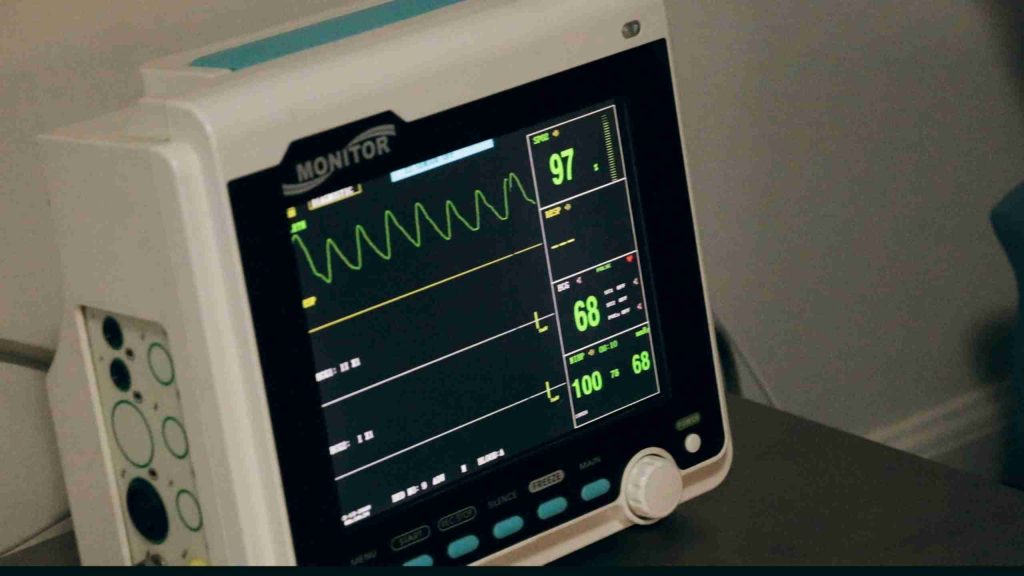Introduction
Power efficiency is a critical factor in the success of modern embedded systems, especially for battery-powered devices. Efficient firmware design can significantly extend battery life, reduce heat, and improve overall system reliability. Whether your team is optimizing performance or focusing on product longevity, understanding how firmware impacts power consumption is essential. In this post, we’ll explore five practical techniques to help you build smarter, low-power embedded applications.

Sleep/Power Modes
One of the most effective ways to reduce power consumption in embedded systems is by leveraging the microcontroller’s built-in sleep modes. Most modern MCUs offer multiple power states (ranging from light sleep to deep standby) that allow parts of the chip to shut down or enter low-power operation when full performance isn’t needed. Sleep mode reduces power by halting the CPU and disabling certain clocks, parts of RAM or peripherals, depending on the depth of the mode.
For example, the following are common power saving modes for the Nordic nrf52 MCUs at a high level:
| Power Mode | CPU | RAM | Peripherals | Wake Source | Current Consumption |
| Active | Running | On | On | N/A | ~2.8 mA – 30 mA |
| System ON | (IDLE or RUN) | On | (IDLE or RUN) | Enabled interrupt | ~0.97 uA – ~17.37 uA |
| System OFF | Off | Off or Partial | Off | GPIO, Reset | ~0.40 uA – ~1.86 uA |
The above measures of Current Consumptions are based on the nRF52840 Product Specification v1.11. It is important to note that the current consumption depends on system configuration and environmental factors. But this can give a pretty good idea on the difference in current consumptions between active and sleep modes.
Peripheral and Clock Gating
Peripherals and clocks continue drawing power even when idle if not properly shut down. This includes high-frequency oscillators, unused timers, and communication interfaces. The best practice for this is to explicitly enable peripherals only when needed, and disable them immediately afterward. Also, some peripherals offer power/clock control features that should be leveraged if available.
Efficient Interrupt and Event Handling Design
Interrupts are powerful tools for waking the system, but inefficient interrupt handling can prevent the MCU from returning to sleep quickly. It is good practice to keep Interrupt Service Routines (ISRs) brief (just for setting flags or buffer data) and handle heavy logic in the main loop or via deferred processing. It is important to leverage hardware features like Direct Memory Access (DMA) or peripheral interconnects to reduce CPU workloads.
Optimize Data Sampling and Processing Frequency
Unnecessary sampling, data processing, and communication can cause frequent wake-ups and drain power quickly. Often, less frequent operations are just as effective depending on the use case. With that in mind, it is good to only sample or transmit data when truly needed (based on time, thresholds, or significant changes in state). Consider batching data and reducing communication frequency when possible.v
Use of Low-Power Libraries and Drivers
Many vendor SDK and RTOSes offer power-conscious libraries that manage clocks and peripherals behind the scenes. Examples of these include Nordic’s nRF Connect SDK and Espressif’s ESP-IDF which both offer options for device power management and sleep control. You should be looking out for drivers and frameworks with non-blocking APIs, tickless idle support, and integrated power management. Also, it is important to be mindful of features like logging or debugging which could keep the system awake.
Conclusion
Power optimization in firmware is not about a single technique, but about layering smart strategies that work together to reduce energy consumption without sacrificing performance. Whether you’re designing a wearable, sensor node, or any battery-powered device, thoughtful firmware design can make a measurable difference in your product’s success. Remember: start small, measure often and optimize where it counts.
Let’s Work Together
At Dojo Five, we’re focused on modernizing embedded firmware.
We bring modern tools, techniques, and best practices and pair them with leading-edge innovations in firmware.
If you have questions about power optimization strategies for your project, Dojo Five can support you in your project’s success. Book a call with us to get the conversation started.
Sign up to get our content updates!
Unlock the full potential of your embedded projects with our expert insights! Dive into our comprehensive resources to stay ahead in firmware development. Subscribe now to get the latest best practices and guides delivered straight to your inbox.
Sign Up for Updates




